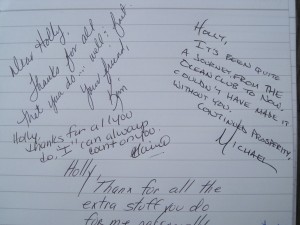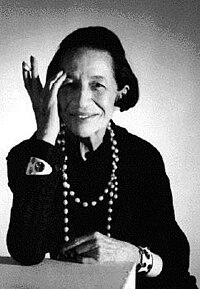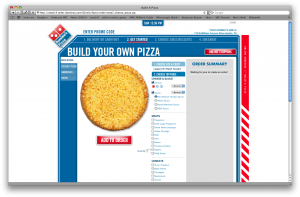
Photo by Leong Lok on Unsplash
Diving into the world of online dating has me thinking two things: 1) I’m too old for this shit, and 2) I should definitely be writing down all these bad date experiences. Like the guy who showed up with his caregiver in tow. Turns out there were a few details that he failed to disclose, including but not limited to the fact that he was “in between dentist appointments,” having had all his teeth pulled to be fitted for dentures, and that he’d had a stroke (hence the caregiver driving him to our date.). Or the lovely man who just happened to be a wheelchair, which you know, I would have known had I swiped through all of his photos. There are more, actually many many more, but you get the gist. What the hell does this have to do with copywriting? As a matter of fact, a couple of things.
It’s not about you. It’s never about you.
Whether someone never messages you back, or fails to ask you out again, I swear, it’s about them. People want what they want, and you can’t legislate what floats your boat. And that’s also the secret to great copywriting—stop making it about what you want to write, and focus instead on taking the client’s ideas and zhooshing them up. Make it about them, not you.
The more information you have, the better.
Ask questions, do research, and realize that both prospective dates and clients don’t always reveal all the information you need to move forward. Better writing is the product of more in-depth sleuthing—the more you know about their product, service, target audience, competitors and brand personality, the easier the writing will come to you. As for googling your dates? It’s always nice to know about that felony before you start going out with someone.
Profiles and headlines: more alike than you’d think.
Whether you want someone to swipe right or click through, your message has the same goal. In just a few well-chosen words, you’ve got to convince someone that they’d like to know more. It’s about being intriguing, getting someone’s attention and most importantly, being honest. Your headline should be more than just “catchy”; it’s got to ring true and be aligned with your client’s business goals.
Oh, finally, people are all about algorithms when it comes to both online dating and copywriting—and sure analytics are great, but ultimately it’s about making connection based on emotions—and that will always be much more of an art than a science.









